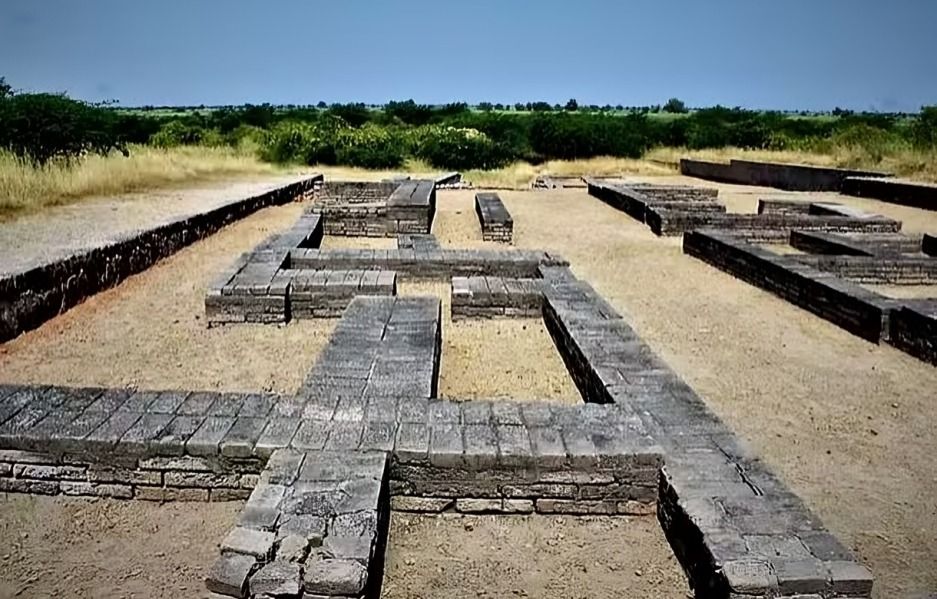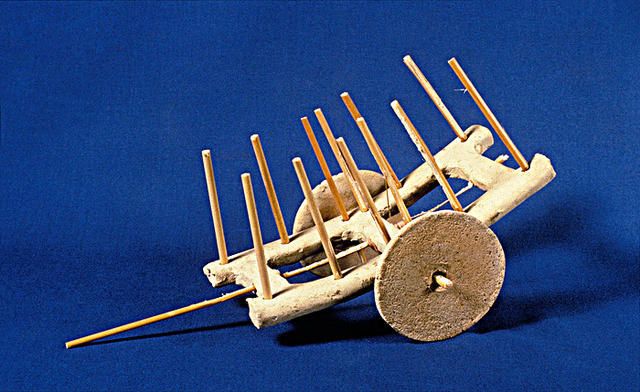
“
The Indus Valley Civilization (IVC), one of the oldest urban civilizations in history, thrived around 2600 to 1900 BCE in the fertile plains of Pakistan and northwest India. In this blog, we delve into 20 intriguing facts about the trade and economy of the Indus Valley, shedding light on their bead industry, agricultural practices, and much more.1
1
”
Major cities like Harappa and Mohenjo-Daro were central hubs for trade and commerce. These cities featured advanced urban planning, including wide streets and organized layouts, facilitating efficient trade activities. 1
The IVC used standardized weights and measures, crucial for fair trade and economic transactions. These weights, often made of stone, were remarkably consistent across the civilization. 2
Archaeological evidence, such as Indus seals, has been found in Mesopotamia, indicating trade between the two civilizations. This exchange included goods like cotton textiles and beads, highly valued in Mesopotamia. 3
The IVC was known for its bead-making industry, producing beads from materials like carnelian, agate, and shell. These beads were crafted with remarkable skill and were traded widely. 4

The port city of Lothal had a sophisticated dockyard, suggesting advanced maritime trade. This dockyard, one of the earliest known in the world, was strategically designed to facilitate the loading and unloading of cargo.
The Indus Valley people were among the first to cultivate cotton and produce cotton textiles for trade. These textiles were of high quality and were in demand in regions as far away as Mesopotamia. 5
Large granaries in cities like Harappa and Mohenjo-Daro indicate surplus agricultural production and storage for trade. These granaries were ingeniously designed to store large quantities of grain, ensuring food security and stability. 6
The IVC excelled in metallurgy, producing items from copper, bronze, and tin. These metal objects, including tools and ornaments, were essential trade goods. The high level of craftsmanship in metalwork reflects the advanced technological capabilities. 7
Bullock carts were commonly used for transporting goods over land. These carts, depicted in various artifacts, were sturdy and efficient, facilitating the movement of goods between cities and rural areas. 8
There was significant artisan specialization in the IVC, with dedicated craftsmen for pottery, bead-making, metalwork, and weaving. This specialization allowed for the production of high-quality goods that were traded both locally and internationally. 9
Domesticated animals like cattle, sheep, and goats played a role in the economy, providing meat, milk, and wool. These animals were crucial for agricultural activities and also contributed to trade through their products. 10
Agriculture was the backbone of the IVC economy, with crops like wheat, barley, peas, and sesame being cultivated. The fertile plains of the Indus River supported large-scale farming, ensuring food surplus and stability. 11
Unlike contemporary civilizations, the Indus Valley didn't build temples or palaces, focusing instead on practical structures like granaries, which highlights the significance of trade and storage in their economy.12
Gold and silver jewelry produced in the IVC was highly prized and traded extensively. The craftsmanship of these items reflects advanced metalworking techniques and aesthetic sensibilities. 13

Terracotta toys found in the IVC indicate the production and trade of children's items. These toys, often depicting animals and carts, were intricately designed and widely distributed.
Evidence suggests that the Indus people were skilled seafarers, engaging in maritime trade. Their ships and boats facilitated trade with distant regions, enhancing the economic reach of the IVC. 14
The advanced urban planning of IVC cities facilitated trade and economic activities. Features like well-planned streets, drainage systems, and public buildings supported commerce and daily life. 15
Items like amulets and figurines suggest the trade of religious and ritual objects. These objects were likely used in various ceremonies and held significant cultural value. Their trade indicates the integration of religion and economy in the IVC. 16
Thousands of seals with inscriptions have been found, indicating a form of proto-writing used for trade and administrative purposes. These seals often depicted animals and symbols, serving as markers of ownership and authenticity. 17
Besides Lothal, other ports along the Gujarat coastline, such as Dwarka and Balakot, were also likely part of the Indus Valley Civilization's extensive maritime trade network. 18


